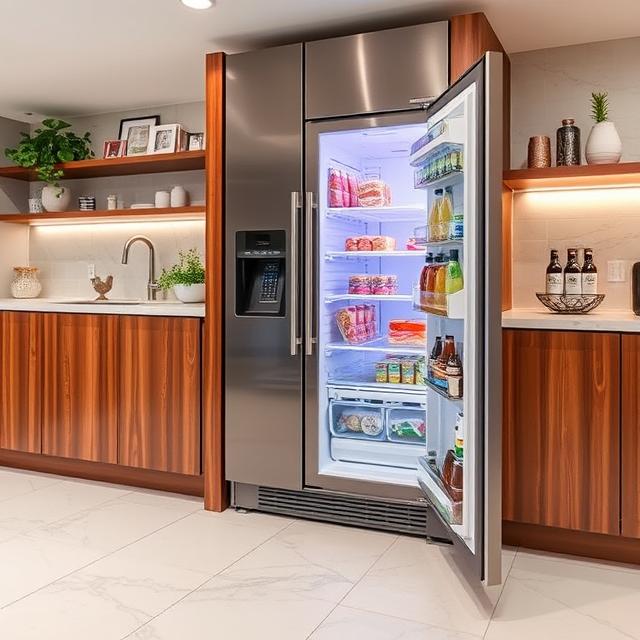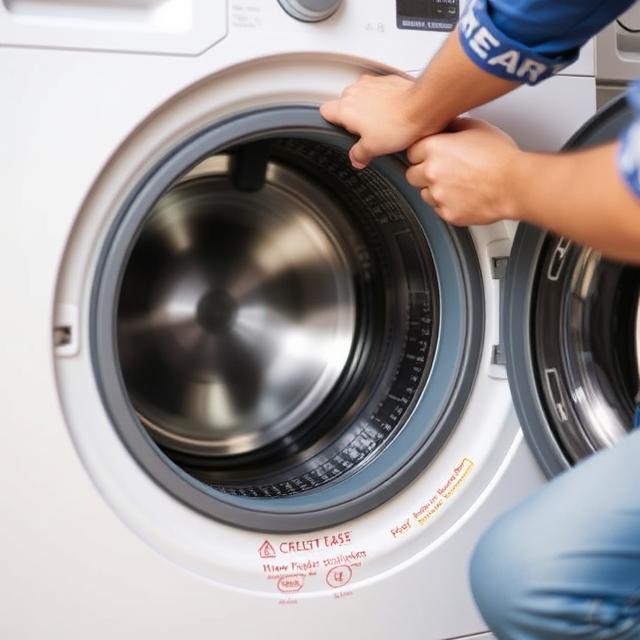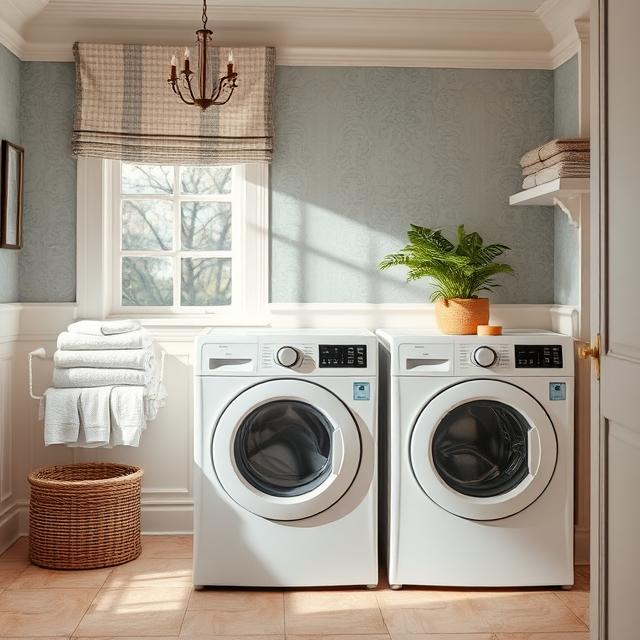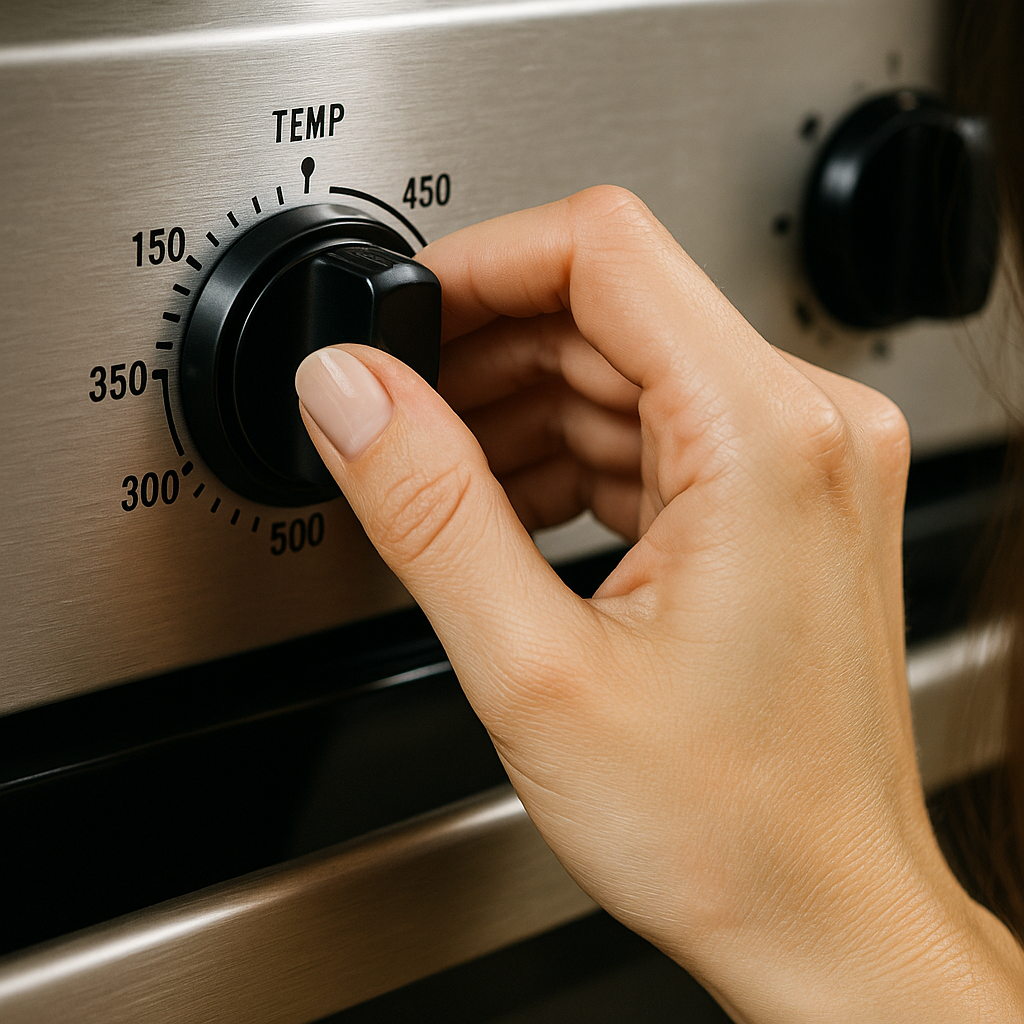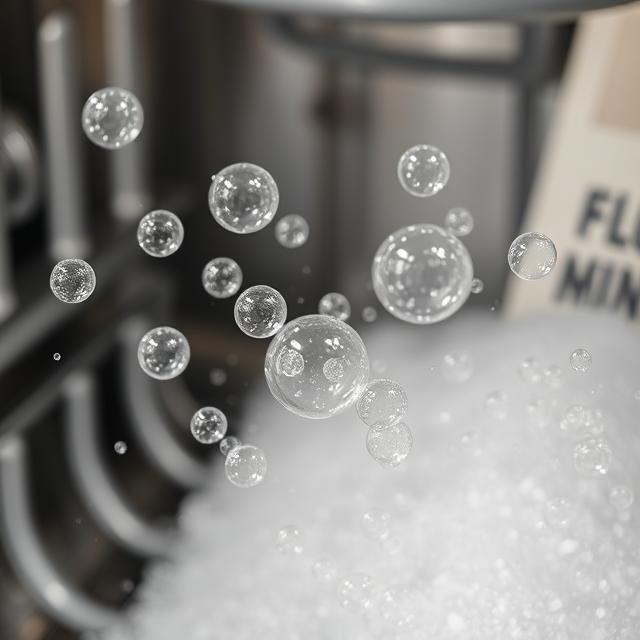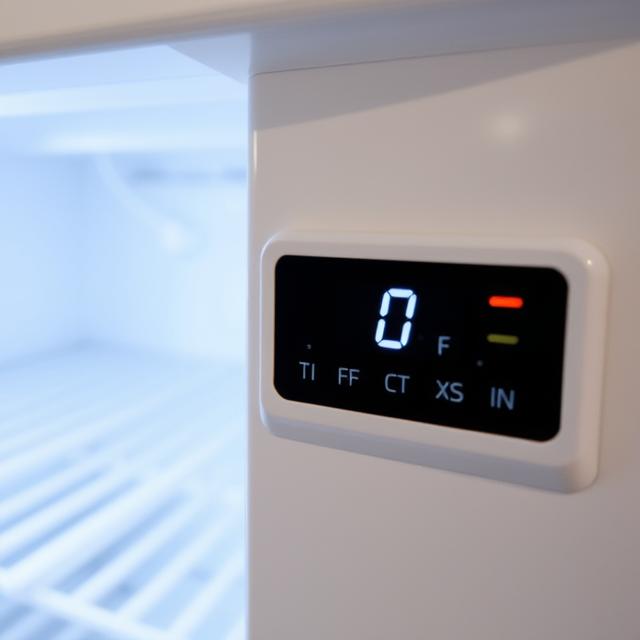5 Essential Refrigerator Maintenance Tips to Extend Its Lifespan
Learn the top maintenance practices that can help your refrigerator last longer and run more efficiently. From cleaning coils to proper temperature settings, these tips will save you money on repairs.
1. Clean the Condenser Coils Regularly
Dust and debris accumulate on the condenser coils (usually located at the back or bottom of your fridge), making the compressor work harder. Clean them every 6 months with a coil brush or vacuum cleaner.
Pro Tip
Unplug the refrigerator before cleaning coils for safety. If you have pets, you may need to clean more frequently as pet hair accumulates quickly.
2. Maintain Proper Temperature Settings
Your refrigerator should be between 35°F and 38°F (1.7°C to 3.3°C), and your freezer at 0°F (-18°C). Use an appliance thermometer to verify temperatures.
3. Check and Replace Door Seals
Damaged door seals (gaskets) allow cold air to escape. Test them by closing a dollar bill in the door - if it slips out easily, replace the seals.
Warning
A faulty door seal can increase your energy bill by 20% and cause your refrigerator to work much harder than necessary.
4. Defrost Manual-Defrost Freezers
If you have a manual-defrost freezer, defrost when frost builds up to 1/4 inch thick. Excess frost reduces efficiency and storage space.
5. Keep It Stocked (But Not Overcrowded)
A moderately stocked refrigerator maintains temperature better than an empty one. However, overcrowding blocks air circulation.
- Leave space between items for air to circulate
- Cover liquids and foods to prevent moisture buildup
- Store foods properly to prevent premature spoilage
Frequently Asked Questions
We recommend cleaning your refrigerator coils every 6 months for optimal performance. If you have pets that shed, you may need to clean them every 3-4 months as pet hair can accumulate quickly and reduce efficiency.
Signs that your refrigerator door seal needs replacement include: visible cracks or tears in the gasket, condensation forming inside the fridge, food spoiling faster than usual, frost buildup in the freezer, and difficulty closing the door completely. You can test the seal by placing a dollar bill in the door and closing it - if it slides out easily, the seal may need replacement.


